PPT-Introduction to Python Part 2
Author : genesantander | Published Date : 2020-06-23
v06 Research Computing Services Information Services amp Technology Tutorial Outline Part 2 Lists Tuples and dictionaries Modules numpy and matplotlib modules
Presentation Embed Code
Download Presentation
Download Presentation The PPT/PDF document "Introduction to Python Part 2" is the property of its rightful owner. Permission is granted to download and print the materials on this website for personal, non-commercial use only, and to display it on your personal computer provided you do not modify the materials and that you retain all copyright notices contained in the materials. By downloading content from our website, you accept the terms of this agreement.
Introduction to Python Part 2: Transcript
Download Rules Of Document
"Introduction to Python Part 2"The content belongs to its owner. You may download and print it for personal use, without modification, and keep all copyright notices. By downloading, you agree to these terms.
Related Documents

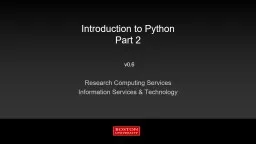
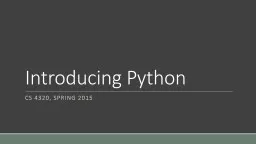
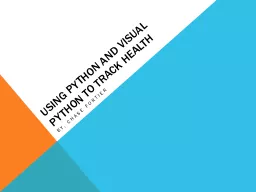
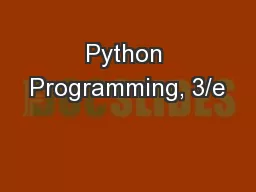

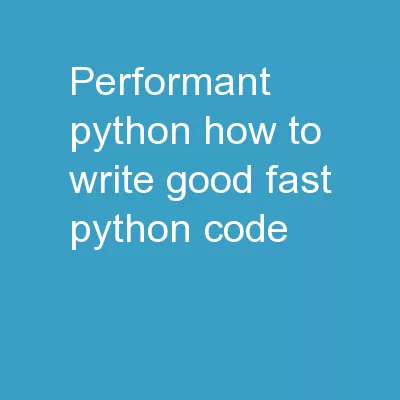
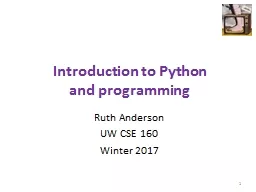
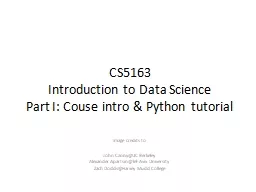
![[READING BOOK]-Illustrated Guide to Python 3 A Complete Walkthrough of Beginning Python](https://thumbs.docslides.com/970240/reading-book-illustrated-guide-to-python-3-a-complete-walkthrough-of-beginning-python-with-unique-illustrations-showing-how-python-really-works-now-covering-python-3-6-treading-on-python.jpg)
![[FREE]-Python 3 Books in 1 Python Basics for Beginners + Python Automation Techniques](https://thumbs.docslides.com/970325/free-python-3-books-in-1-python-basics-for-beginners-python-automation-techniques-and-web-scraping-python-for-data-science-and-machine-learning.jpg)
![[eBOOK]-Python for Beginners: A Smarter Way to Learn Python in 5 Days and Remember it](https://thumbs.docslides.com/975240/ebook-python-for-beginners-a-smarter-way-to-learn-python-in-5-days-and-remember-it-longer-with-easy-step-by-step-guidance-and-hands-on-examples-python-crash-for-beginners-easy-python-book-1-6409338e488f0.jpg)

